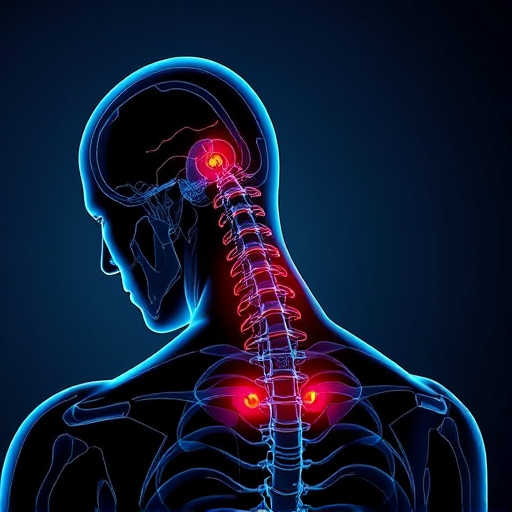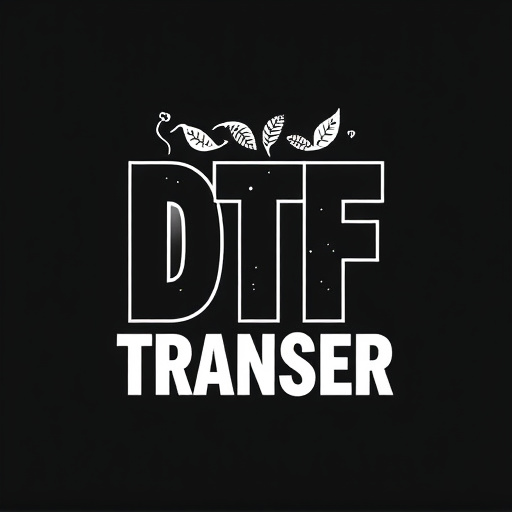European car enthusiasts embrace JDM intake systems for their potential to elevate import vehicle performance. Key components like air filters, air intakes, and throttle bodies work together to enhance combustion efficiency, resulting in increased horsepower and engine response. While popular, importing these systems requires careful consideration of fitment, regulations, and compatibility with existing European vehicles. Importers must navigate each country's specific standards on emissions control, air quality, and power output restrictions to ensure legal compliance, ensuring that imported JDM intakes not only enhance performance but also adhere to local norms.
European car intake systems are a complex yet critical component in optimizing engine performance. This article delves into the intricacies of these systems, offering a comprehensive overview of their key components and functionality. We explore the influence of JDM (Japanese Domestic Market) intake systems on European vehicles, highlighting advantages and integration tips. Additionally, it provides essential insights for importing vehicle performance intakes, covering regulatory considerations, best practices, and strategies to optimize engine efficiency.
- Understanding European Car Intake Systems: A Overview of Key Components and Their Functionality
- The Impact of JDM (Japanese Domestic Market) Intake Systems on European Vehicles: Advantages and Integration Tips
- Importing Vehicle Performance Intakes: Regulatory Considerations, Best Practices, and Optimizing Engine Efficiency
Understanding European Car Intake Systems: A Overview of Key Components and Their Functionality

European car intake systems play a pivotal role in enhancing vehicle performance, especially for those who appreciate the thrill of driving. These systems are meticulously designed to optimize air flow into the engine, ensuring efficient combustion and maximized power output. At the heart of it all are key components like air filters, air intakes, and throttle bodies—each serving a unique purpose.
The air filter, typically located at the beginning of the intake system, acts as the first line of defense against debris and contaminants, allowing only clean, filtered air to reach the engine. Air intakes, often featuring JDM (Japanese Domestic Market) designs for their efficiency, draw in cool, dense air from outside the vehicle, further improving combustion efficiency. Throttle bodies regulate the amount of air entering the engine, thereby controlling power delivery—a crucial factor in both everyday driving and high-performance scenarios. Understanding these components is essential for car enthusiasts looking to tweak their vehicles’ performance and enjoy a more responsive driving experience.
The Impact of JDM (Japanese Domestic Market) Intake Systems on European Vehicles: Advantages and Integration Tips

Japanese Domestic Market (JDM) intake systems have made a significant impact on European vehicles, offering unique advantages that enhance import vehicle performance. These systems are known for their precision engineering and innovative designs, often incorporating advanced materials and technologies to improve air flow and combustion efficiency. By integrating JDM intakes into European cars, drivers can expect improved horsepower, torque, and overall engine response, making the drive more engaging and dynamic.
When adapting JDM intake systems for European vehicles, it’s crucial to consider factors such as fitment, regulations, and compatibility with existing engine management systems. Proper integration requires careful selection of parts designed specifically for the target vehicle model to ensure optimal performance and reliability. Many enthusiasts and mechanics appreciate the challenge of merging these different automotive cultures, creating a harmonious blend that leverages the strengths of both JDM and European car design philosophies.
Importing Vehicle Performance Intakes: Regulatory Considerations, Best Practices, and Optimizing Engine Efficiency

When importing JDM (Japanese Domestic Market) vehicles with their unique performance intake systems, regulatory considerations play a significant role. Each country has its own set of standards and regulations that govern vehicle components, ensuring safety and environmental compliance. For performance intakes, this includes emissions control requirements, air quality standards, and engine power output restrictions. Importers must ensure that the imported intakes meet these regulations to avoid legal issues and potential fines.
Best practices for importing JDM performance intakes involve thorough research and due diligence. This entails understanding both the technical specifications of the intake system and the regulatory landscape in your target market. Collaborating with experienced logistics partners who specialize in automotive imports can provide valuable insights and guidance. Additionally, optimizing engine efficiency should be a key focus. JDM vehicles are renowned for their performance, and performance intakes enhance this further. By carefully selecting intakes that align with your vehicle’s specifications and tuning capabilities, you can achieve improved horsepower, torque, and overall driving dynamics while adhering to regulatory norms.
European car intake systems have evolved significantly, incorporating advanced technologies from various markets, including the JDM. The integration of JDM intake systems offers European vehicles enhanced performance and efficiency, as evidenced by their successful application in many popular models. However, importing vehicle performance intakes, especially from Japan (JDM), involves navigating regulatory considerations and best practices to optimize engine efficiency while ensuring compliance. Understanding these aspects can unlock the full potential of your vehicle’s intake system, leading to a more enjoyable and efficient driving experience.














